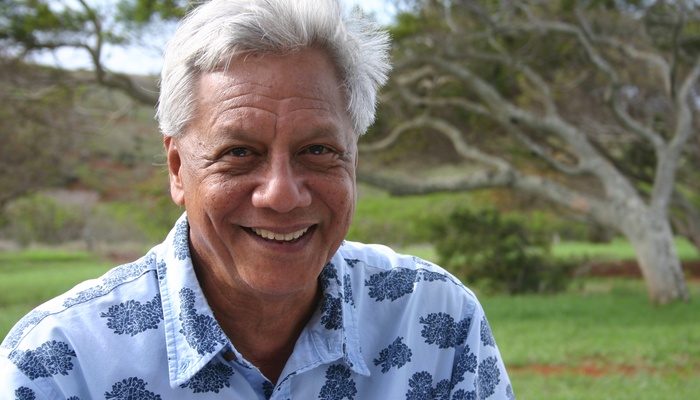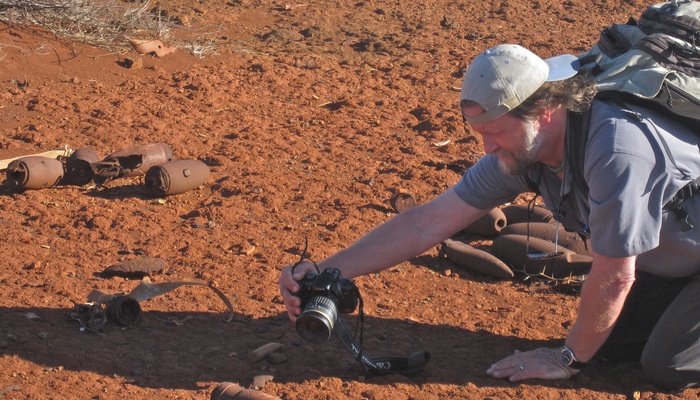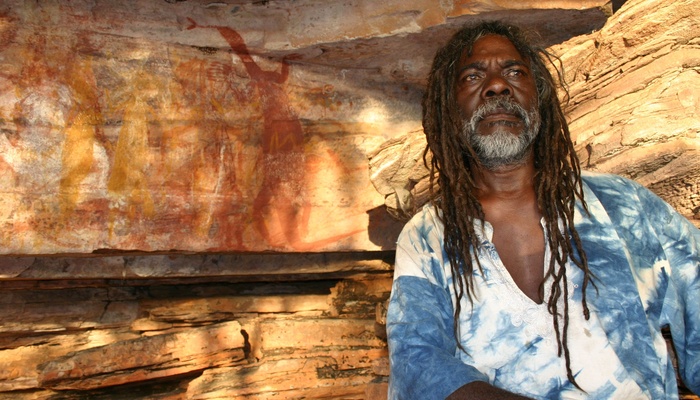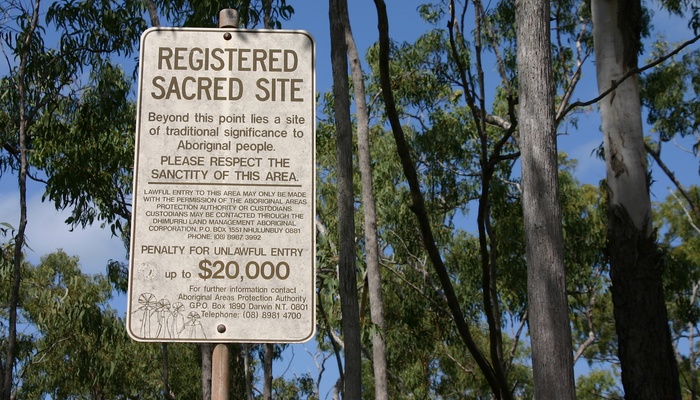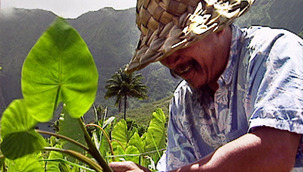
Standing on Sacred Ground
Around the world, indigenous people stand up for their traditional sacred lands in defense of cultural survival, human rights and the environment.
- Filmmaker(s)
- Christopher Toby McLeod
- Category
- Full-Length Film
- Currently On-Air
- Subject Matter
- Military, Politics & Government, Environment & Sustainability
- Featured In
- 25 in 25
- Region
- Polynesia
- Length
- 224 Minutes
- Year
- 2014
- Website
- standingonsacredground.org/
Indigenous communities around the world and in the U.S. resist threats to their sacred places—the original protected lands—in a growing movement to defend human rights and restore the environment.
In this four-part documentary series, native people share ecological wisdom and spiritual reverence while battling a utilitarian view of land in the form of government megaprojects, consumer culture, and resource extraction as well as competing religions and climate change.
Narrated by Graham Greene, with the voices of Tantoo Cardinal and Q’orianka Kilcher, the series exposes threats to native peoples’ health, livelihood, and cultural survival in eight communities around the world. Rare verité scenes of tribal life allow indigenous people to tell their own stories—and confront us with the ethical consequences of our culture of consumption.
Episodes
Pilgrims and Tourists
Around the world, indigenous communities stand in the way of government megaprojects. In the Russian Republic of Altai, traditional native people create their own mountain parks to rein in tourism and resist a gas pipeline that would cut through a World Heritage Site. In northern California, Winnemem Wintu girls grind herbs on a sacred medicine rock, as elders protest U.S. government plans to enlarge one of the West’s biggest dams and forever submerge this touchstone of a tribe. (56 min)
Profit and Loss
From Papua New Guinea rainforests to Canada’s tar sands, Profit and Loss exposes industrial threats to native peoples’ health, livelihood and cultural survival. In Papua New Guinea, a Chinese government owned nickel mine has violently relocated villagers to a taboo sacred mountain, built a new pipeline and refinery on contested clan land, and is dumping mining waste into the sea. In Alberta, First Nations people suffer from rare cancers as their traditional hunting grounds are stripmined to unearth the world’s third-largest oil reserve. Indigenous people tell their own stories—and confront us with the ethical consequences of our culture of consumption. (56 min)
Fire and Ice
From Ethiopia to Peru, indigenous customs protect biodiversity on sacred lands under pressure from religious conflicts and climate change. In the Gamo Highlands of Ethiopia, scientists confirm the benefits of traditional stewardship even as elders witness the decline of spiritual practices that have long protected trees, meadows and mountains. Tensions with evangelical Christians over a sacred meadow erupt into a riot. In the Peruvian Andes, the Q’eros, on a pilgrimage to a revered glacier, are driven from their ritual site by intolerant Catholics. Q’eros potato farmers face a more ominous foe: global warming is melting glaciers, their water source. Andes farmers, scientists and visiting Ethiopians struggle to adapt indigenous agriculture to the changing climate. (56 min)
Islands of Sanctuary
Native Hawaiians and Aboriginal Australians resist threats to their sacred places in a growing international movement to defend human rights and protect the environment. In Australia’s Northern Territory, Aboriginal clans maintain Indigenous Protected Areas and resist the destructive effects of a mining boom. In Hawai`i, indigenous ecological and spiritual practices are used to restore the sacred island of Kaho`olawe after 50 years of military use as a bombing range. (56 min)
Available until April 2019 through NETA
Christopher Toby McLeod is Project Director of Earth Island Institute’s Sacred Land Film Project. He has been working with indigenous communities as a filmmaker, journalist, and photographer for more than 30 years. McLeod has a master’s degree in journalism from UC Berkeley and a BA in American history from Yale. In 1985 McLeod received a Guggenheim Fellowship for filmmaking.
Standing on Sacred Ground was produced by the Sacred Land Film Project, a project of Earth Island Institute since 1984. To deepen public understanding of sacred places, indigenous cultures and environmental justice, the Film Project produces a variety of media and educational materials—films, videos, DVDs, articles, photographs, school curricula and other materials. The Sacred Land Film Project uses journalism, networking and education to rekindle reverence for land, increase respect for cultural diversity, stimulate dialogue about connections between nature and culture, and protect sacred lands and diverse spiritual practices.
Educational Information:


